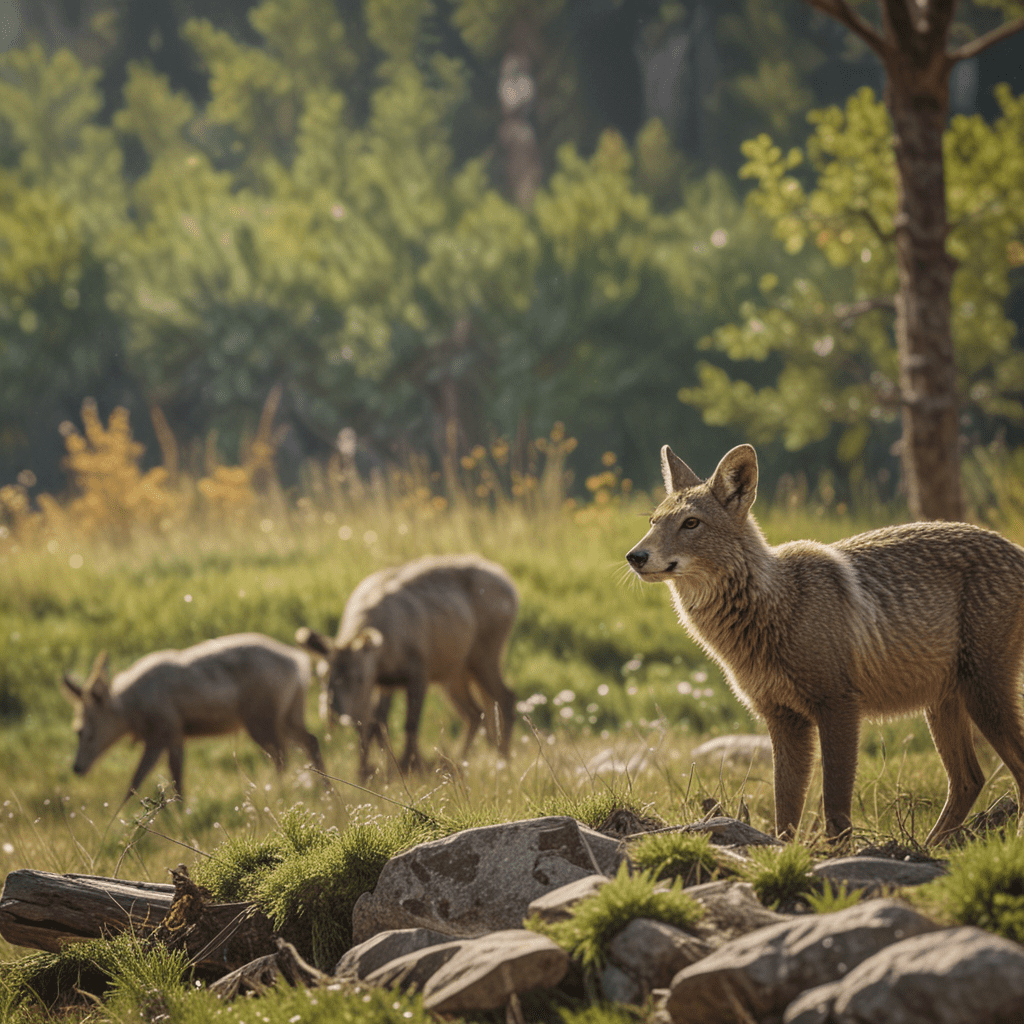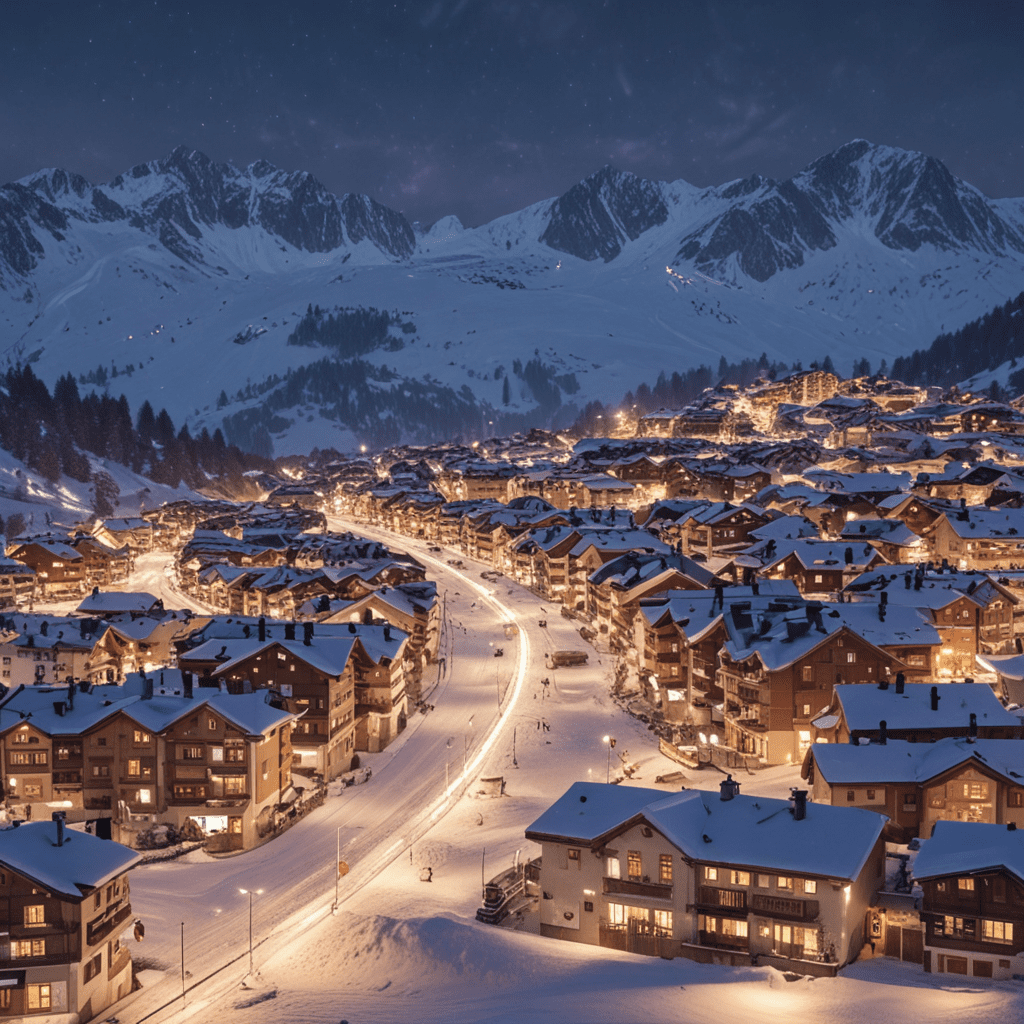
Wildlife Watching in Austrian National Parks
Austria's Diverse National Parks
Austria boasts an impressive network of national parks, each renowned for its unique landscapes and rich biodiversity. These protected areas offer exceptional opportunities for wildlife enthusiasts to witness and appreciate Austria's extraordinary natural heritage.
Importance of Wildlife Conservation
National parks not only serve as sanctuaries for wildlife but also play a crucial role in conserving Austria's ecosystems. By protecting habitats, preserving species, and promoting responsible tourism, national parks help ensure the long-term survival of Austria's diverse flora and fauna.
Key Locations for Wildlife Watching
1. Hohe Tauern National Park
Nestled in the heart of the Austrian Alps, Hohe Tauern National Park is home to a remarkable array of wildlife, including chamois, marmots, and bearded vultures. Its alpine meadows, rugged peaks, and pristine lakes provide a stunning backdrop for wildlife enthusiasts.
2. Gesäuse National Park
Located in the Northern Limestone Alps, Gesäuse National Park is renowned for its towering peaks and deep ravines. The park supports a diverse range of wildlife, including golden eagles, Alpine ibex, and fire-bellied toads, making it a haven for birdwatching and amphibian enthusiasts.
Wildlife Species to Spot
Mammals
Hohe Tauern National Park is home to a variety of mammals, including chamois, which are agile mountain goats known for their sure-footedness. Alpine ibex, with their impressive horns, are also found in the park's rocky terrain. Marmots, with their distinctive whistling calls, inhabit the alpine meadows.
Birds
Golden eagles, with their majestic wingspans, soar above the peaks of Hohe Tauern. Bearded vultures, once濒危species, have been successfully reintroduced to the park and can be seen gliding effortlessly through the sky. Black grouse, with their elaborate courtship displays, add color and excitement to the park's avian life.
Reptiles and Amphibians
The fire-bellied toad, with its striking red underbelly, is a common sight in the park's wetlands. Alpine newts, with their smooth, slimy skin, inhabit the cool, clear waters of mountain streams and lakes.
Tips for Responsible Wildlife Watching
Respecting Wildlife and Habitats
When observing wildlife, it is crucial to respect their space and natural behaviors. Avoid approaching animals too closely, as this can cause stress or disruption. Stay on designated trails and avoid littering to minimize disturbance to the environment.
Using Binoculars and Cameras Ethically
Binoculars and cameras are valuable tools for wildlife watching, but it is important to use them responsibly. Avoid using flash photography, as it can startle animals. Zoom lenses allow you to capture close-up shots without disturbing wildlife.
Educational Opportunities
Guided Tours and Exhibitions
Guided tours led by experienced rangers offer an excellent way to learn about the wildlife and habitats of Hohe Tauern National Park. Interpretive exhibitions in visitor centers provide interactive and informative displays on the park's biodiversity.
Nature Centers and Interpretive Programs
Nature centers within the park offer educational programs and resources for visitors of all ages. These programs can include guided hikes, workshops, and presentations by wildlife experts.
Conclusion
Benefits of Wildlife Watching
Wildlife watching in Austria's national parks offers a unique and enriching experience. It provides opportunities to connect with nature, appreciate the beauty of wildlife, and learn about the importance of conservation.
Promoting Conservation and Appreciation
By participating in responsible wildlife watching, visitors can contribute to the conservation of Austria's natural heritage. Through education and awareness, wildlife watching helps foster a greater appreciation for the delicate balance of ecosystems and the need to protect them for future generations.
FAQ
When is the best time for wildlife watching in Austria's national parks?
The best time for wildlife watching is typically during the spring and summer months (May to September), when animals are most active.
What are some tips for staying safe while wildlife watching?
Always be aware of your surroundings and respect wildlife from a distance. Stay on designated trails and avoid approaching animals too closely.
Are there any specific areas in the national parks that are known for their wildlife viewing opportunities?
Yes, certain areas in each national park are known for their high concentrations of wildlife. Check with park rangers or visitor centers for specific recommendations.

